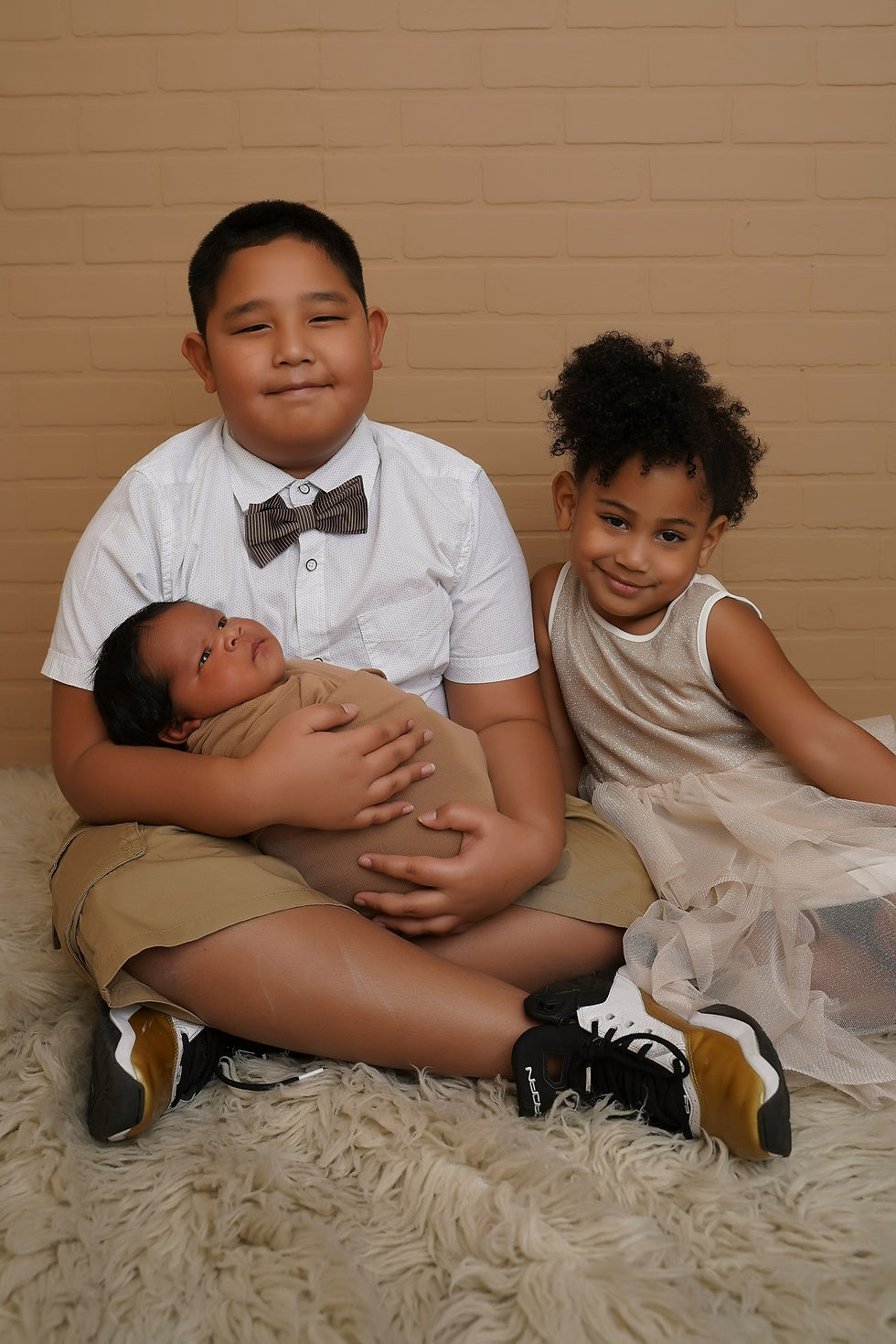Why Inclusion Still Fails Many Children with Special Needs
- RICA LAMPUTI
- Jun 29
- 2 min read

Inclusion in education means all students, including those with special needs, learn together in the same classrooms. This approach promotes diversity, acceptance, and equal opportunities. While the idea sounds ideal, the truth is that inclusion still fails many children with special needs. Even though laws and policies support inclusive education, many students are still left behind—both academically and emotionally.
A 2023 report by UNESCO shows that over half of children with disabilities worldwide do not attend school at all. Those who do attend often do not get the support they need. In inclusive settings, teachers may not have the training or resources to meet the different learning needs of children with disabilities. As a result, these children may struggle to keep up with lessons, feel isolated, or develop low self-esteem.
Lack of Teacher Training Many teachers want to help all their students succeed. But without proper training, even the most caring teacher can feel overwhelmed. A 2022 study published in Frontiers in Education found that only 35% of teachers felt confident teaching students with special needs in inclusive classrooms. Teachers reported not knowing how to manage different behaviors, adapt lessons, or use assistive technology.
Large Class Sizes and Limited Resources Inclusive classrooms are often crowded. In such settings, it becomes difficult to give one-on-one attention to children who need it. Special needs students may require extra time, tools like visual aids, or speech and occupational therapy. Unfortunately, not all schools have enough support staff like aides, therapists, or special education teachers. Without these supports, children may fall behind or even get labeled as “problematic” when in truth, they simply need more help.
Peer Relationships and Bullying Another major issue is social inclusion. Children with special needs often face bullying or are left out of group activities. According to a 2023 report from Children and Youth Services Review, children with disabilities are twice as likely to experience bullying as their peers. This affects their mental health, confidence, and overall school experience.
What Can Be Done? True inclusion goes beyond placing children with special needs in regular classrooms. It means adapting the environment, providing training for staff, and creating a culture of acceptance. Schools should invest in professional development and hire more special education experts. Peer education programs can also help foster empathy and understanding among students.
Families and communities must also be involved. When parents, teachers, and administrators work together, students are more likely to succeed. Policymakers should ensure that schools receive enough funding to make inclusive education a reality for all.
Inclusion is a powerful goal, but we must do more to make it work. Without proper support, children with special needs may continue to feel invisible in classrooms meant to include them. Every child deserves an education that helps them grow, feel safe, and be seen. Inclusion must be more than a word—it must be a promise we keep.



Comments